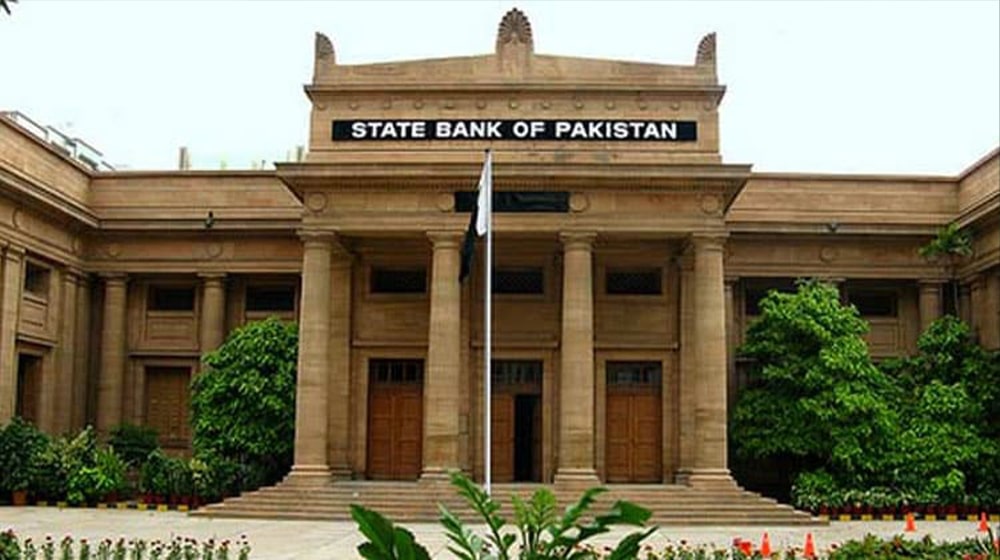State Bank of Pakistan (SBP) is at risk of losing the credibility if it still manages to delay easing its monetary policy stance at the apex committee’s last meeting for the outgoing fiscal year.
Latest data by the Pakistan Bureau of Statistics showed on Monday that CPI-based inflation has slowed significantly to 11.8 percent, far below expectations of 13.7 percent and massively down from the 17.3 percent rate seen in April 2024.
In the past 7 MPC meetings, the key lending rate has remained at 22 percent. During the first 4, austerity was imperative due to high inflation so the lending rate was kept at the same level. However, in the next 3 MPCs (January/March/April), inflation slowed to its lowest levels in over two years.
Still, the lending rate wasn’t brought down, with the central bank arguing that the inflation outlook was still susceptible to risks emanating from the global crude oil prices, bottoming out of other commodity prices, energy sector circular debt, and tax rate-driven fiscal consolidation going forward.
State Bank’s Case For Inflation
SBP has repeatedly cited inflation as the primary reason for maintaining a tight Monetary Policy Committee (MPC) since July last year. More importantly, the inflation rate has declined over the past 5 months. May’s dramatic 3.2 percent month-on-month plunge in inflation will raise serious questions about the SBP’s motives if it doesn’t bring the interest rate down next week.
A glaring inconsistency, it will be.
Average inflation from July to May 2024 also fell to 24.5 percent, a notable improvement from last year’s 29.2 percent. Core inflation, excluding volatile food and energy prices, slowed to 12.3% in May 2024, turning real interest rates significantly positive and making a compelling case for policy easing.
The SBP’s persistent claims of combating inflation now ring hollow. With clear and substantial episodes of falling inflation since January 2024, the bank has to logically adjust its policy towards relaxation. Global monetary constraints, PKR/USD exchange rate risks, fiscal consolidation, and structural reforms in the upcoming budget may be valid issues to address, but they do not justify ignoring the downward trend in inflation which points towards cutting the benchmark lending rate by at least 100-200 basis points.
The Monetary Policy Committee is set to meet on June 10, 2024, to decide on the last monetary policy for FY2023-24. Market analysts are increasingly expecting a rate cut, with some predicting a 200 basis point reduction to bring the policy rate to 20 percent, last seen in early 2023. The current macroeconomic trajectory underscores the need for this cooling effect.
SBP Stance Confusing While IMF Offers Breathing Space
The International Monetary Fund, in its report following the end of the $3 billion Standby Arrangement (SBA) program, acknowledged the positive economic developments in Pakistan and suggested that if inflation continues to decline and foreign exchange conditions improve, the monetary policy stance should be (could be) reassessed.
It has been pointed out that even with a 200 basis point rate cut, Pakistan would still adhere to the IMF’s preference for a relatively tight policy.
Domestic Bonds Are Screaming ‘Rate Cut!’ Every Week
Since April 2024, yields on government securities have been declining to the range of 20-21 percent, but rate cuts have been downplayed by the central bank so far. In the primary market, yields have fallen by 0.6 percent for 3-month securities, 0.38 percent for 6-month securities, and 0.80 percent for 12-month securities.
In the secondary market, 3-month yields dropped by 1.15 percent, 6-month yields by 0.40 percent, and 12-month yields by 0.88 percent.
Yields on Pakistan Investment Bond (PIB) have also come down, with the 3-year yield down by 0.02 percent, the 5-year yield by 0.07 percent, and the 10-year yield by 0.04 percent.
If SBP refuses to make changes next week amid these favorable conditions, its credibility will definitely take a big hit, and this time in the eyes of Pakistan’s key lending partners. It’s high time the central bank aligns its policies with clear economic signals. The excuses have run their course—the regulator must act decisively to make lending a somewhat approachable institution once again.
The post SBP’s Credibility on the Line if Interest Rate Stays High Despite Falling Inflation appeared first on ProPakistani.



